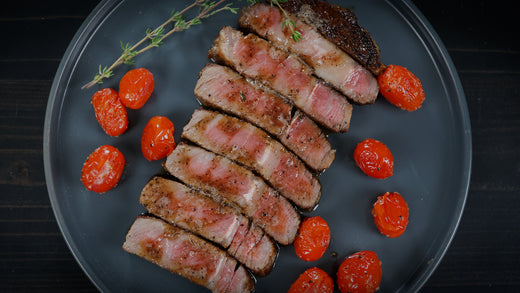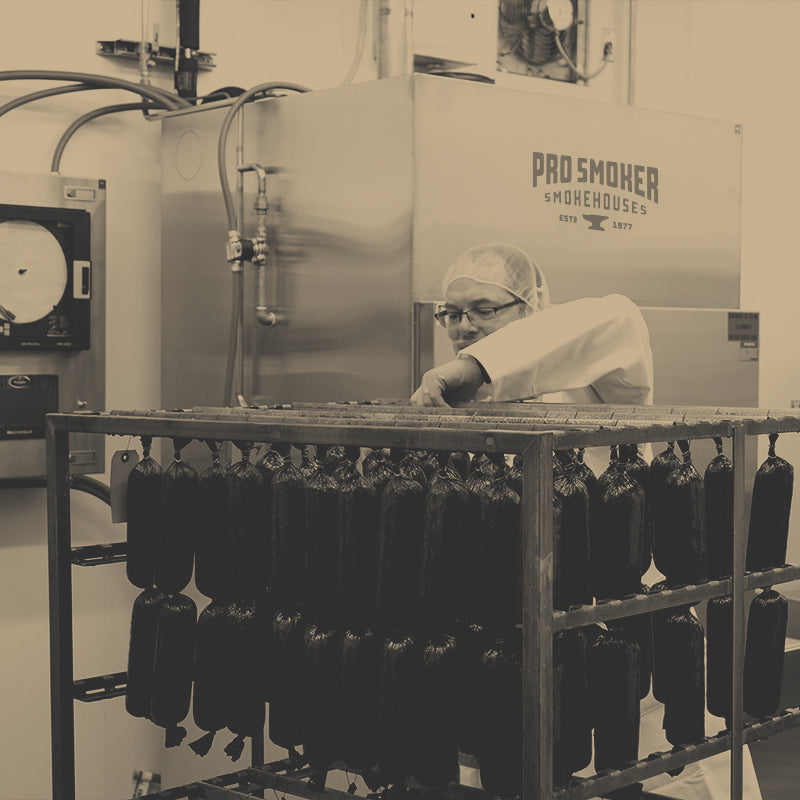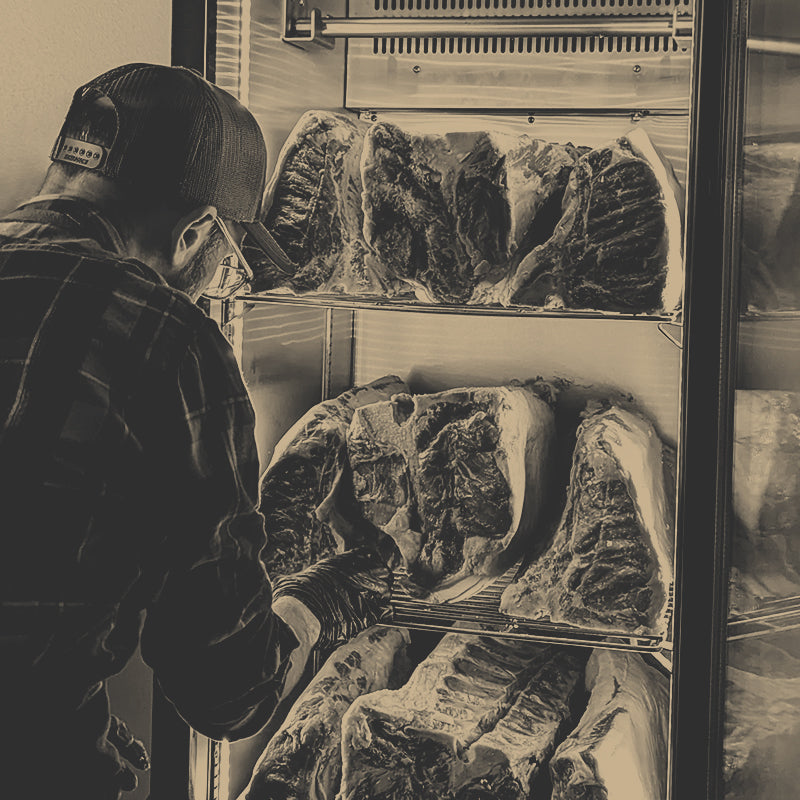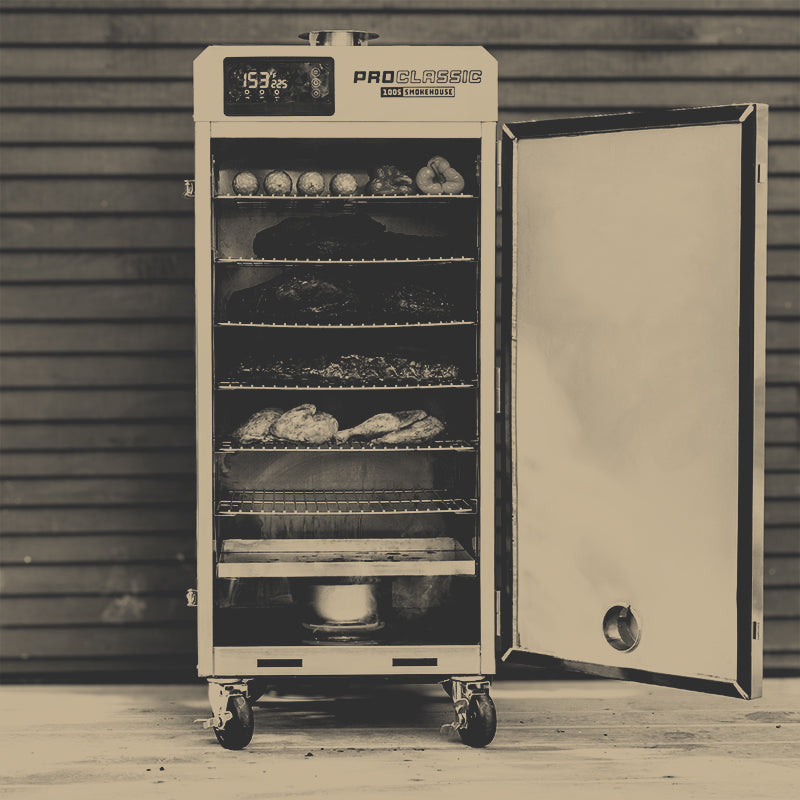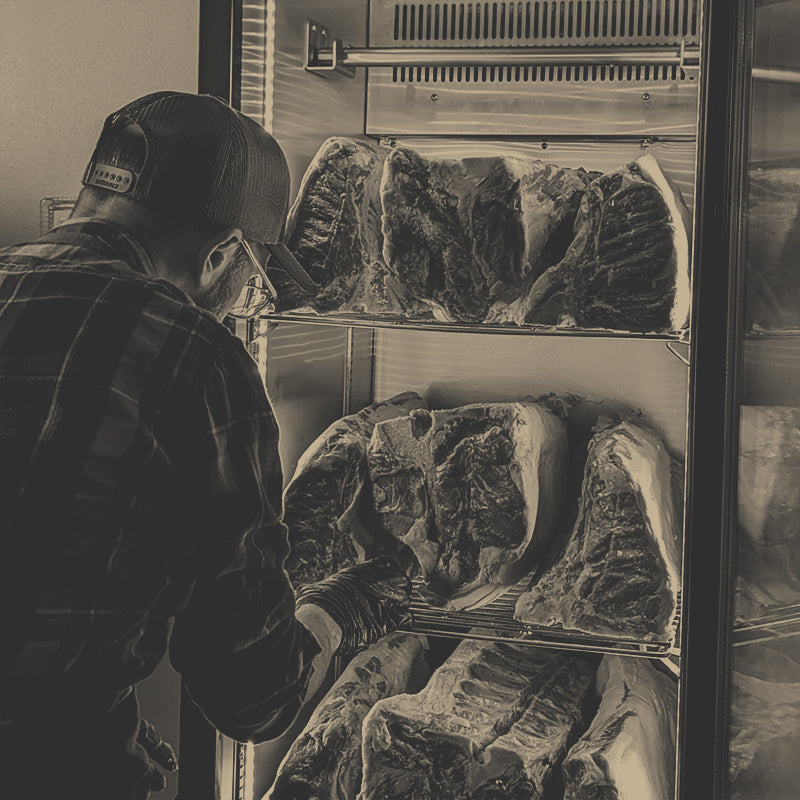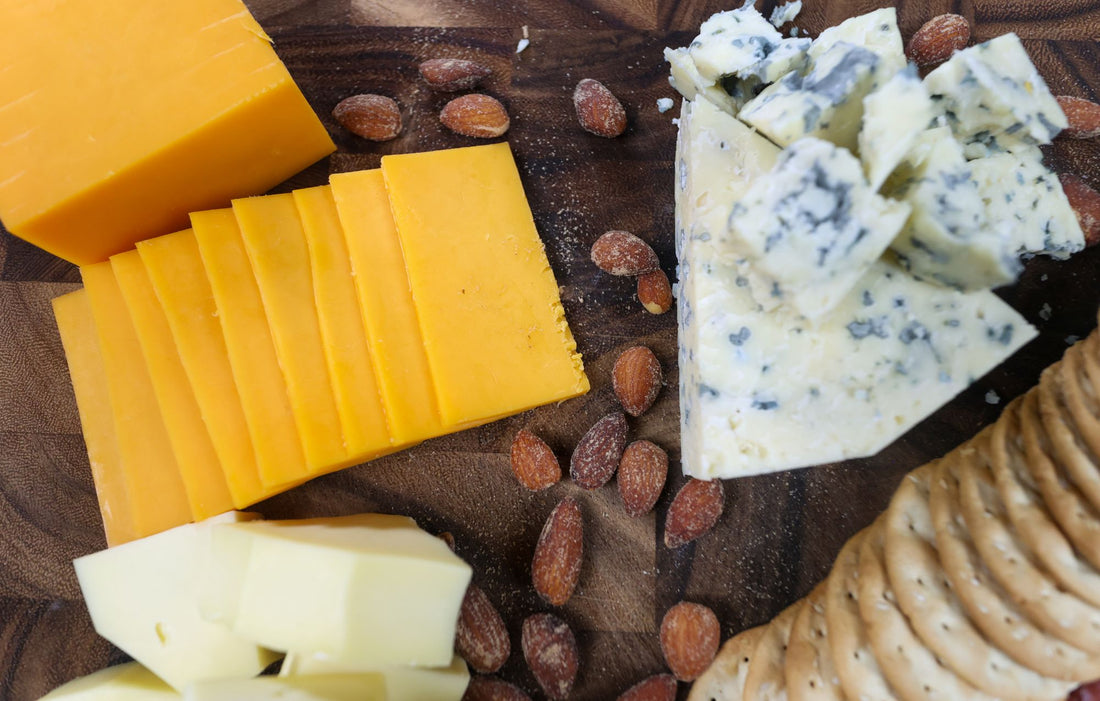
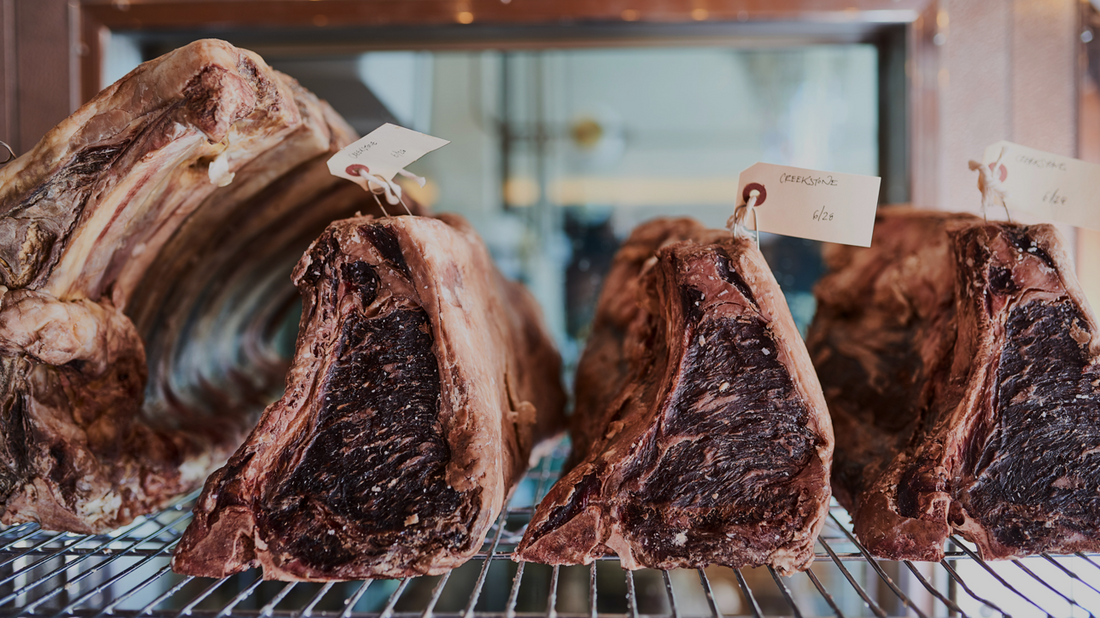
Dry Aging 101
Dry Aging for Beginners
Welcome to the world of dry aging! If you're a meat lover, you're in for a treat. Dry aging is a process that enhances the flavor and tenderness of meat, resulting in a truly exceptional dining experience. In this blog post, we will introduce you to the concept of dry aging and guide you through the steps to use your dry ager effectively. So, let's dive in!
What is Dry Aging?
Dry aging is a traditional method of aging meat that involves hanging it in a controlled environment for a certain period of time. During this process, the meat undergoes enzymatic and microbial changes, which break down the muscle fibers and connective tissues, resulting in a more tender and flavorful steak.
For more information on the technical aspects of dry aging beef, visit our Dry Aged Beef 101.
Why Dry Age Your Meat?
Dry aging offers a multitude of benefits that will elevate your steak game to a whole new level. Firstly, it intensifies the natural flavors of the meat, giving it a rich, nutty, and buttery taste. Secondly, the process allows the meat to tenderize, making it incredibly juicy and melt-in-your-mouth tender.
How to Use Your Dry Ager
Now that you understand the magic behind dry aging, let's explore how to use your dry ager effectively:
Select the Right Cut of Meat
- Only use high-quality food that was handled under good hygienic conditions.
- We recommend using fresh meat on the bone at maximum of 5 days after slaughter, or 2 weeks maximum for wet aged meat.
- Bone-in cuts are better for dry aging as they reduce excess moisture loss and help protect the meat.
- To minimize weight loss during the aging process, use meat with a thick layer of fat.
- Do not trim fat cap from the meat before aging. The fat cap will help protect the meat as it ages and help with yield.
- For true dry aged beef, talk to your local butcher about getting un-aged cuts or “green meat” for your ager. "Green Meat" is meat that has been freshly butchered and not aged.
Prepare the Meat
- Wait for set temperature and humidity ranges to be met inside your dry ager before adding your meat.
- Pat your meat dry with clean paper towel before going into the ager
- Do not season meat before aging. Let the aging process do the work. You only need to season the meat before cooking
- Be sure to mark or label your cuts of aged meat to keep track of time and yield weights.
- If using frozen meat, defrost fully before adding to the dry ager.
- Always clean and sanitize racks and chamber before each use.
Typical Aging Time
The optimal time range for aging meat depends on a variety of factors As a general guide us the following.
- Fresh Bone-in Beef Cuts: 28-45 Days
- Smoked Sausage: 21 Days
- Fresh Pork Cuts: 14-21 Days
Place the Meat in the Dry Ager
Put the prepared meat on the racks inside the dry ager, ensuring that there is enough space between each piece for proper air circulation. Close the door tightly to maintain the controlled environment.
Wait Patiently
Now comes the hardest part – waiting! The duration of the aging process depends on personal preference and the desired level of flavor and tenderness. Generally, a minimum of 21 days is recommended for noticeable results, but some enthusiasts age their meat for up to 60 days for an even more intense flavor.
Congratulations! You've now learned the basics of dry aging and how to use your dry ager effectively. Remember, patience is key when it comes to dry aging. The longer you wait, the more rewarding the results will be. So, fire up your dry ager, select your favorite cut of meat, and embark on a culinary adventure that will leave your taste buds craving for more. Happy dry aging!
Tags
Dry Ager Blog, Dry Aging TipsDry Aging for Beginners
The Reserve
Dry Ager Tips. Recipes, & More

